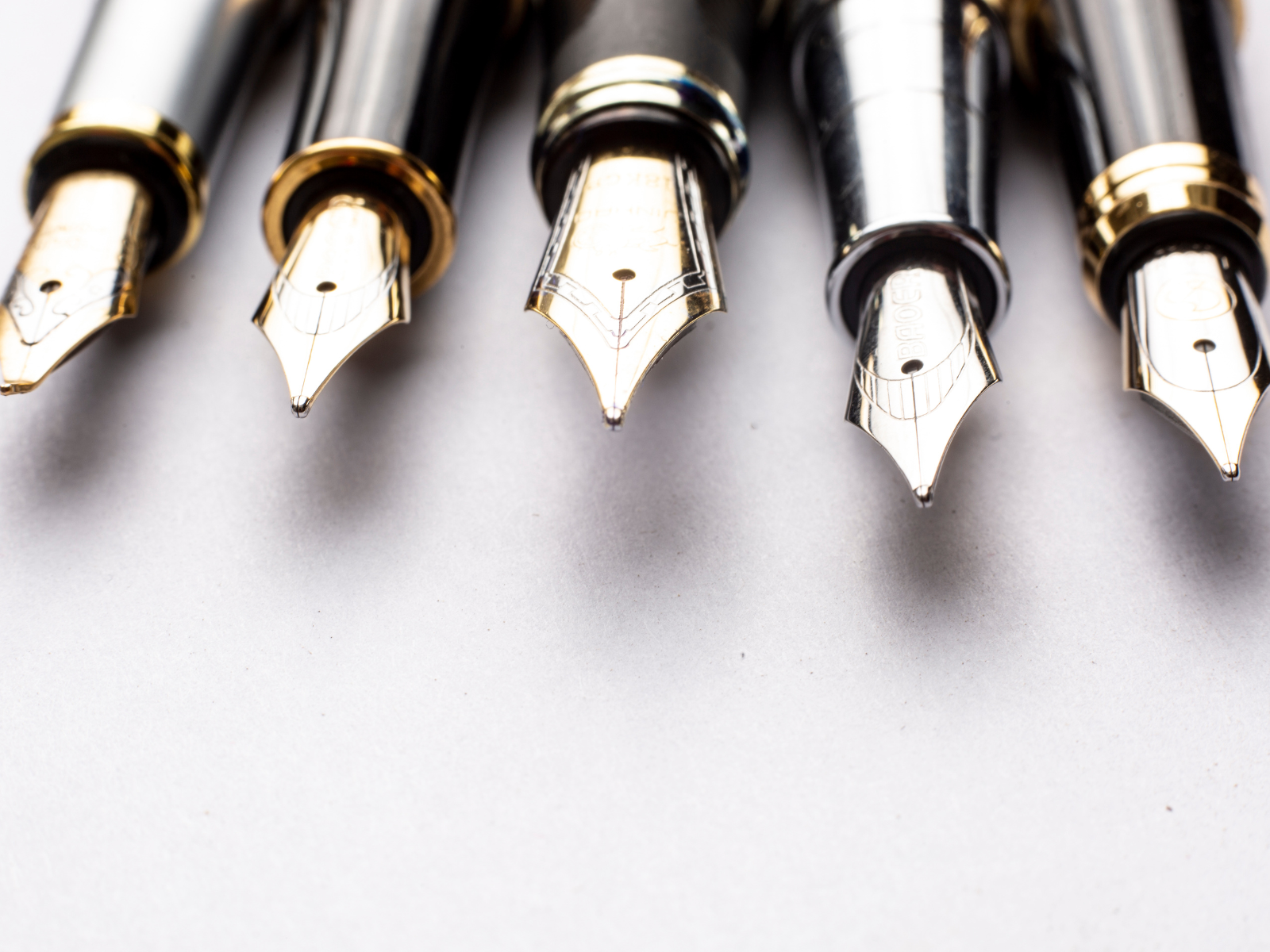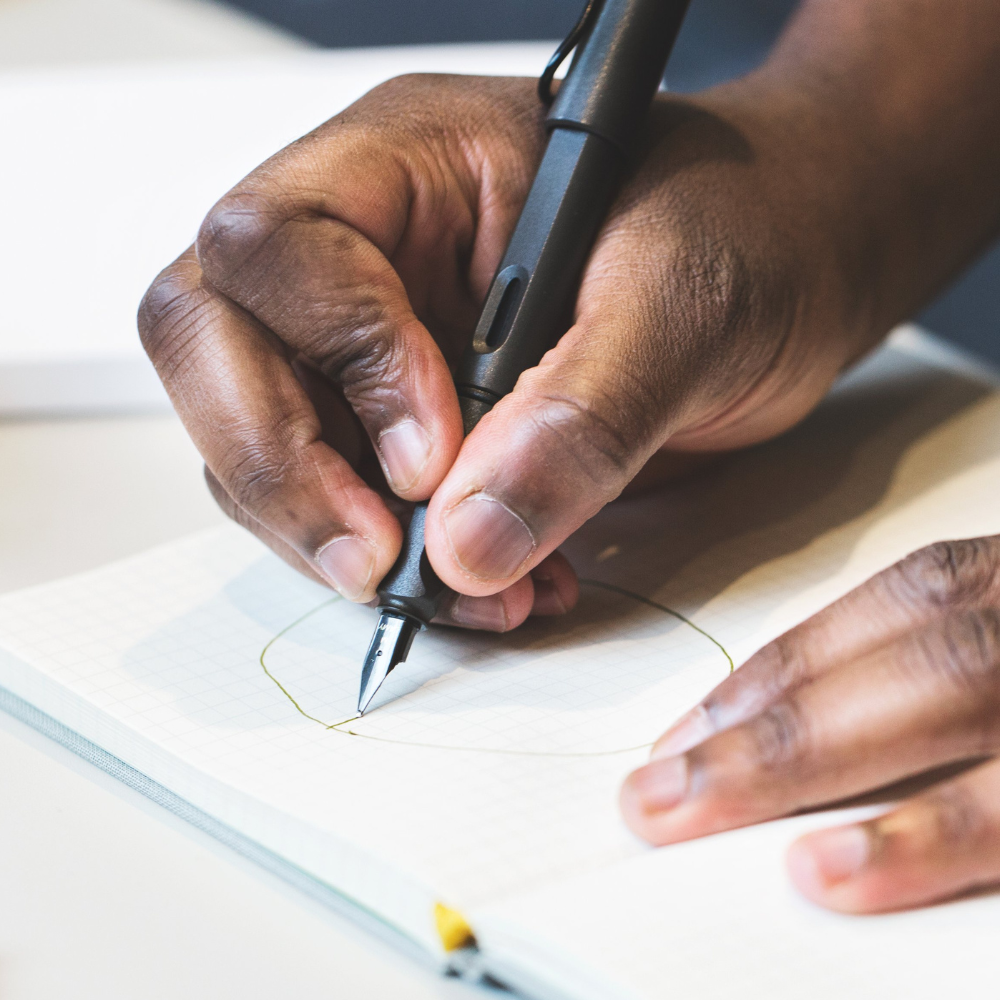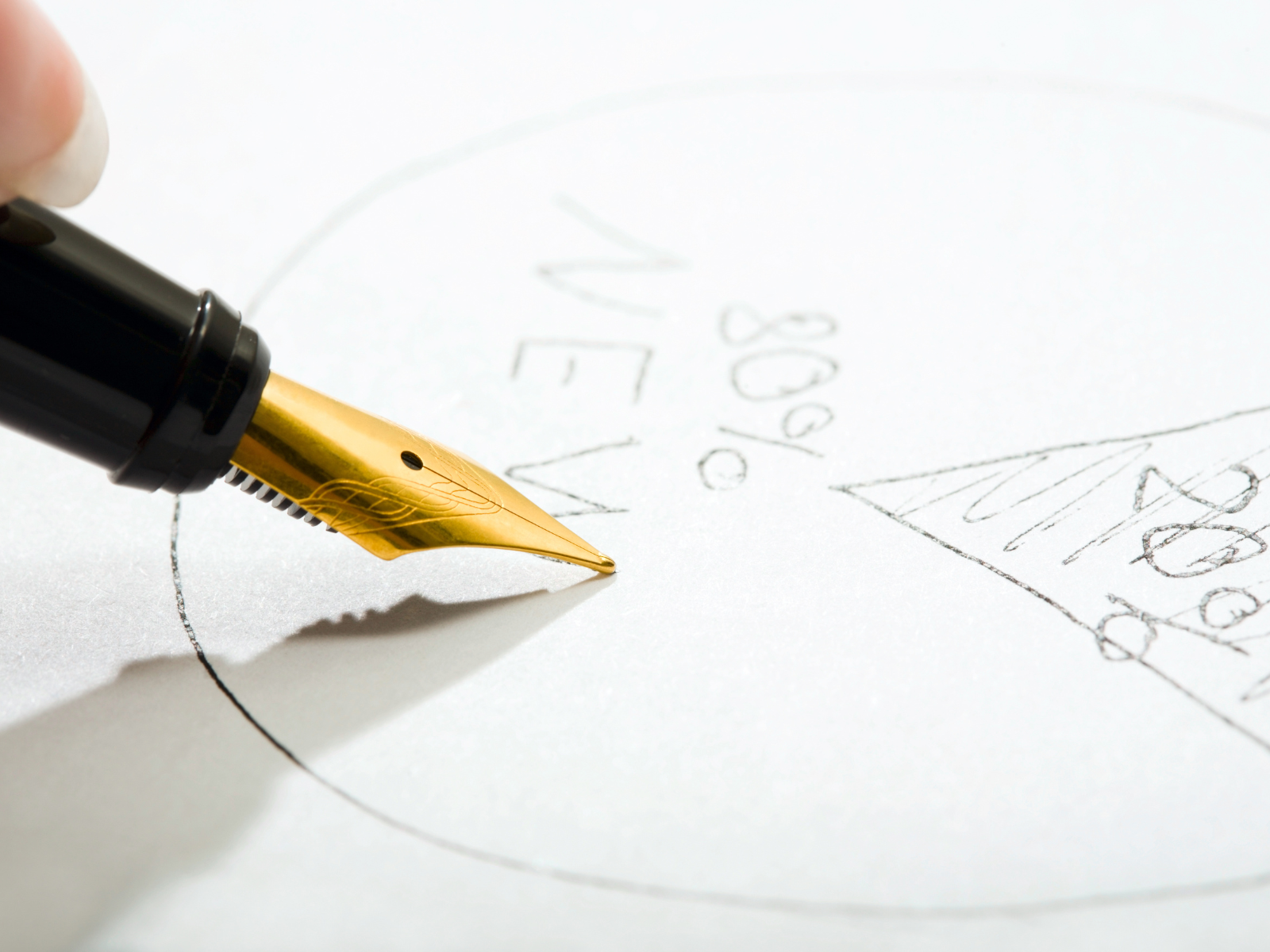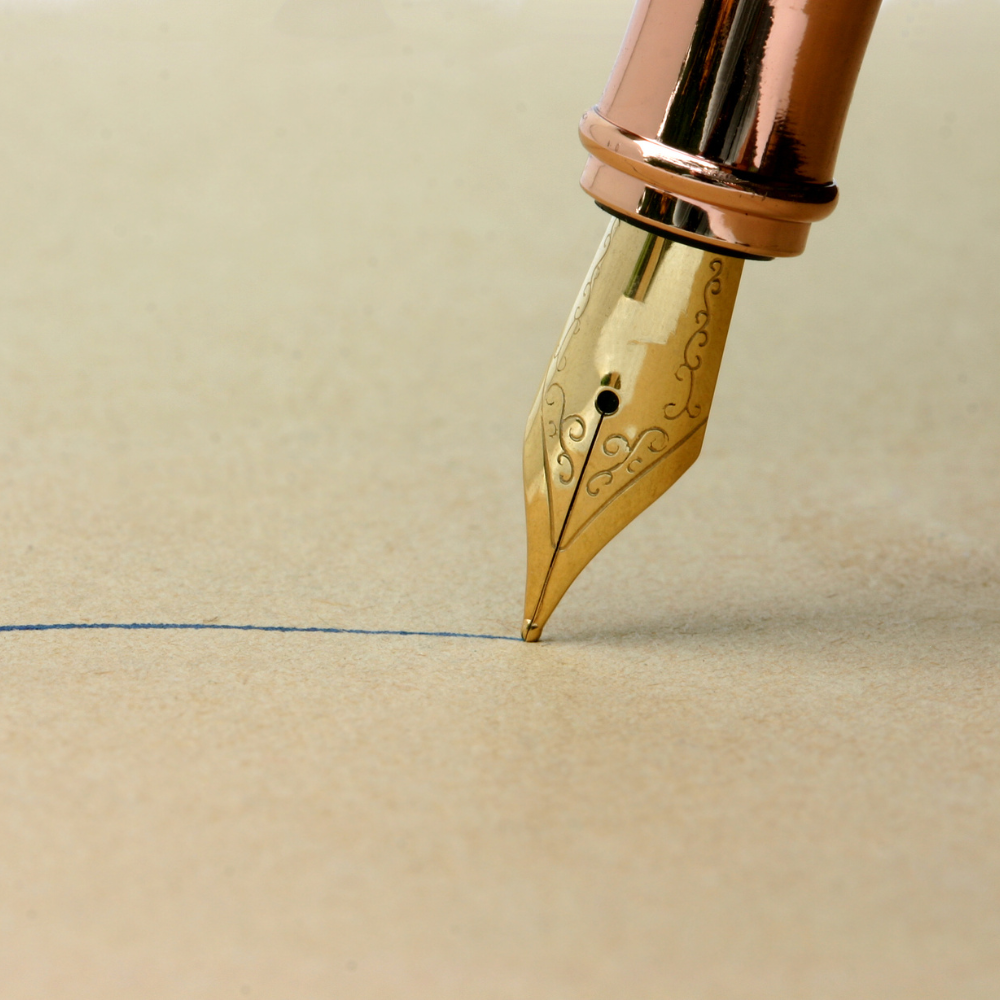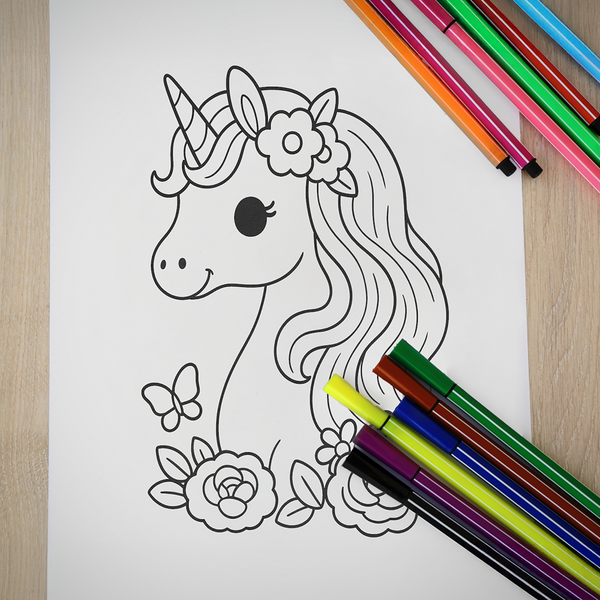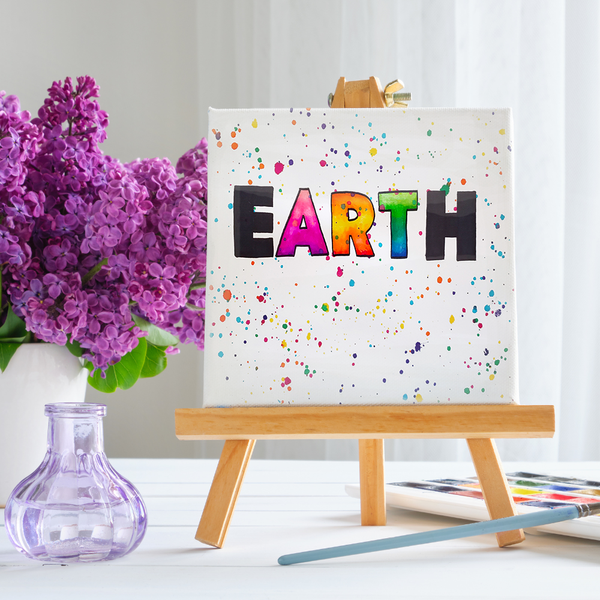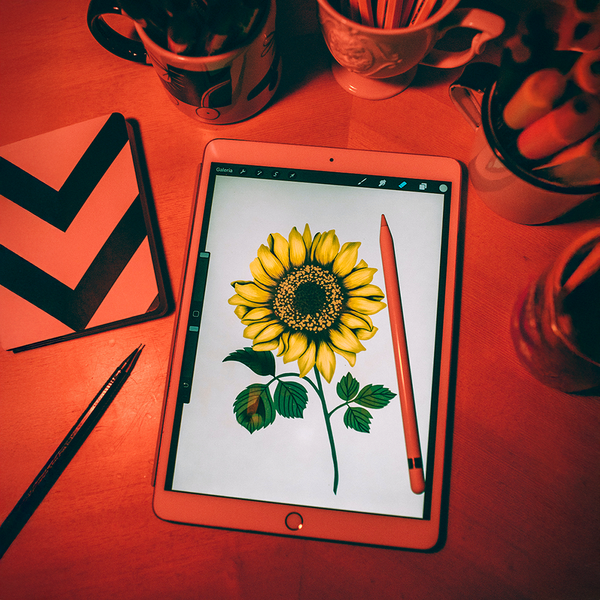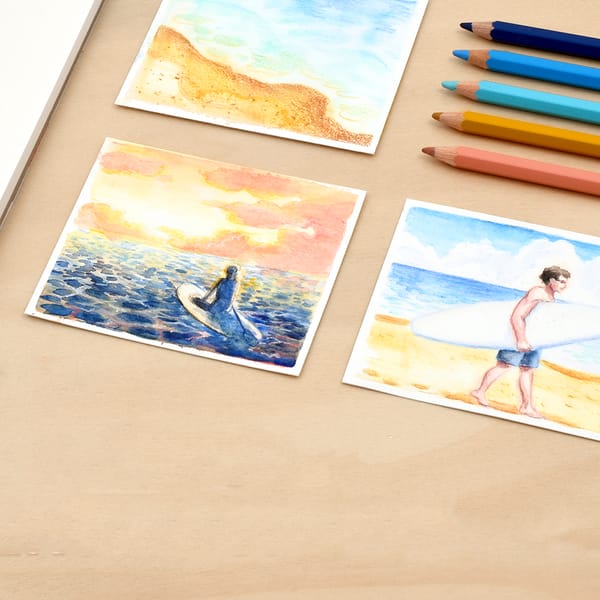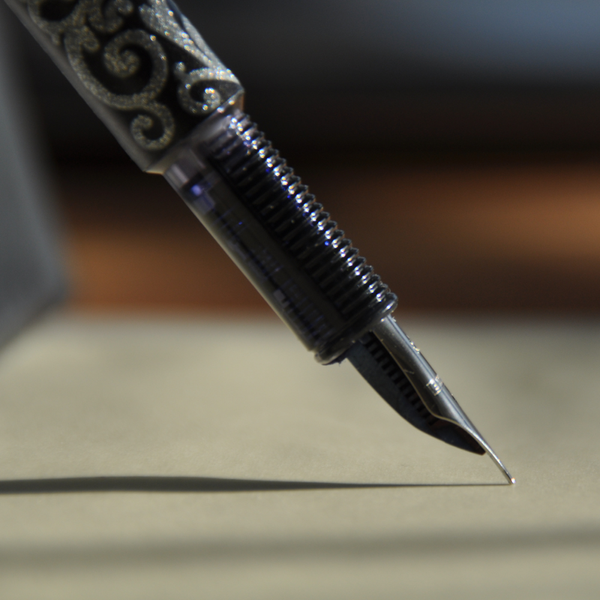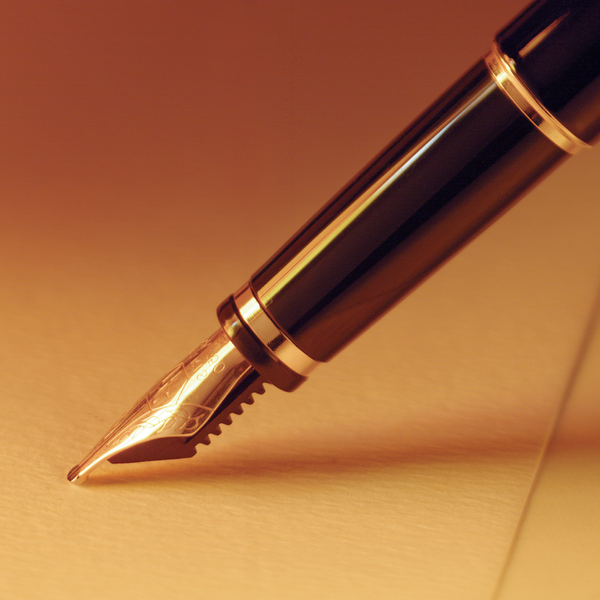Fountain pens carry a whisper of the past, each stroke rich with history and elegance.
A classic writing tool, fountain pens have been around since the 19th century.
In a world dominated by quick clicks and disposable writing tools, these dignified instruments stand out with their unique mechanism of nibs and ink reservoirs.
Unlike ballpoint pens or gel pens, fountain pens utilize a nib and ink reservoir system; this traditional approach to writing offers a distinct feel and flair that modern pens cannot replicate.
But in an era where convenience often trumps tradition, it begs the question: are fountain pens really worth it?
Let's delve into the allure and practicality of choosing a fountain pen over modern alternatives, exploring whether this age-old writing tool holds its value in our fast-paced, digital world.
Key Takeaways:
- Value Beyond Cost: Fountain pens offer a unique writing experience and long-term savings compared to disposable pens.
- Quality and Durability: High-quality materials and craftsmanship in fountain pens can make them lifetime tools and heirlooms.
- Personalization and Style: The vast array of nib styles, ink types, and pen designs cater to personal preferences and writing needs.
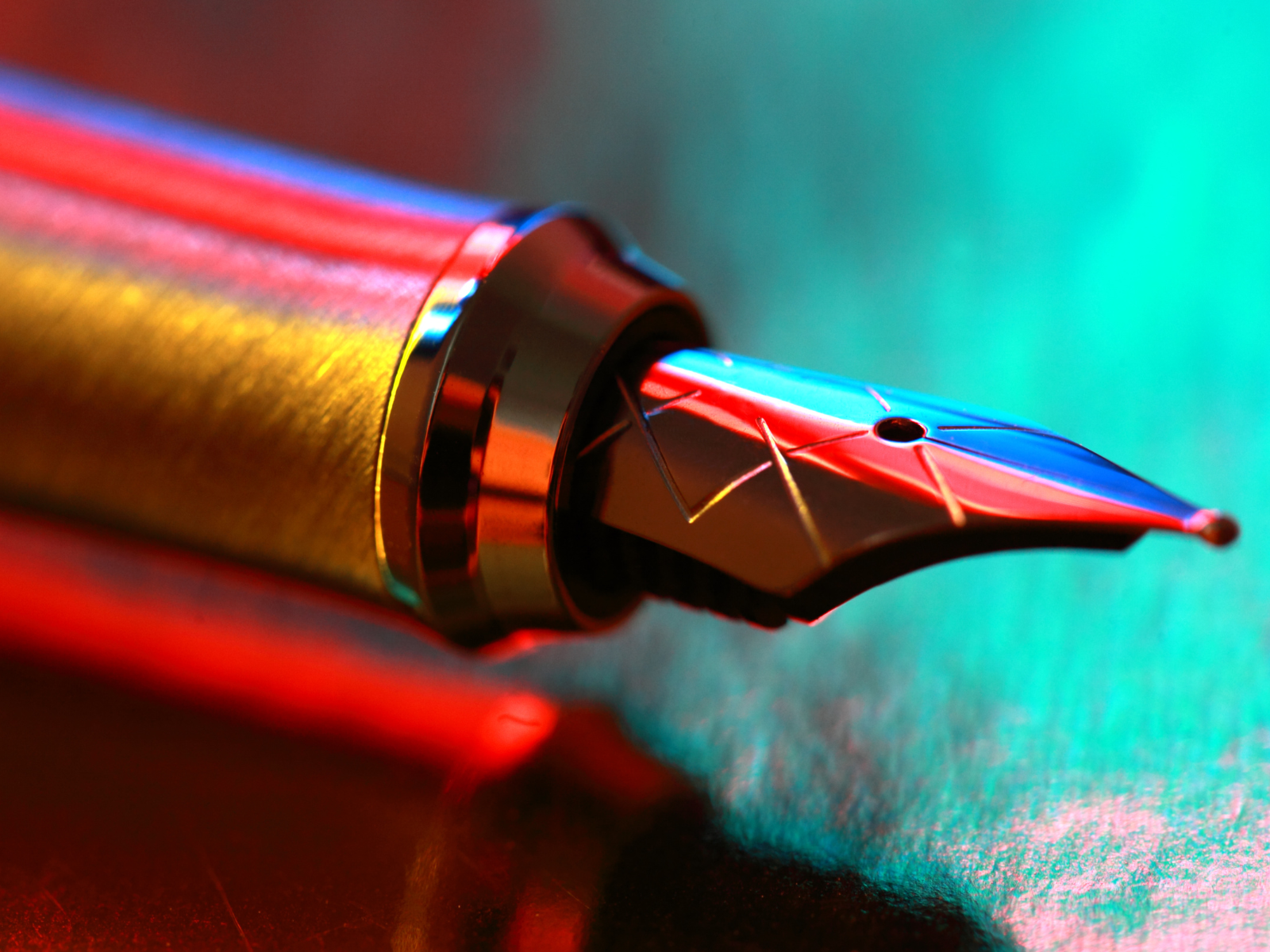
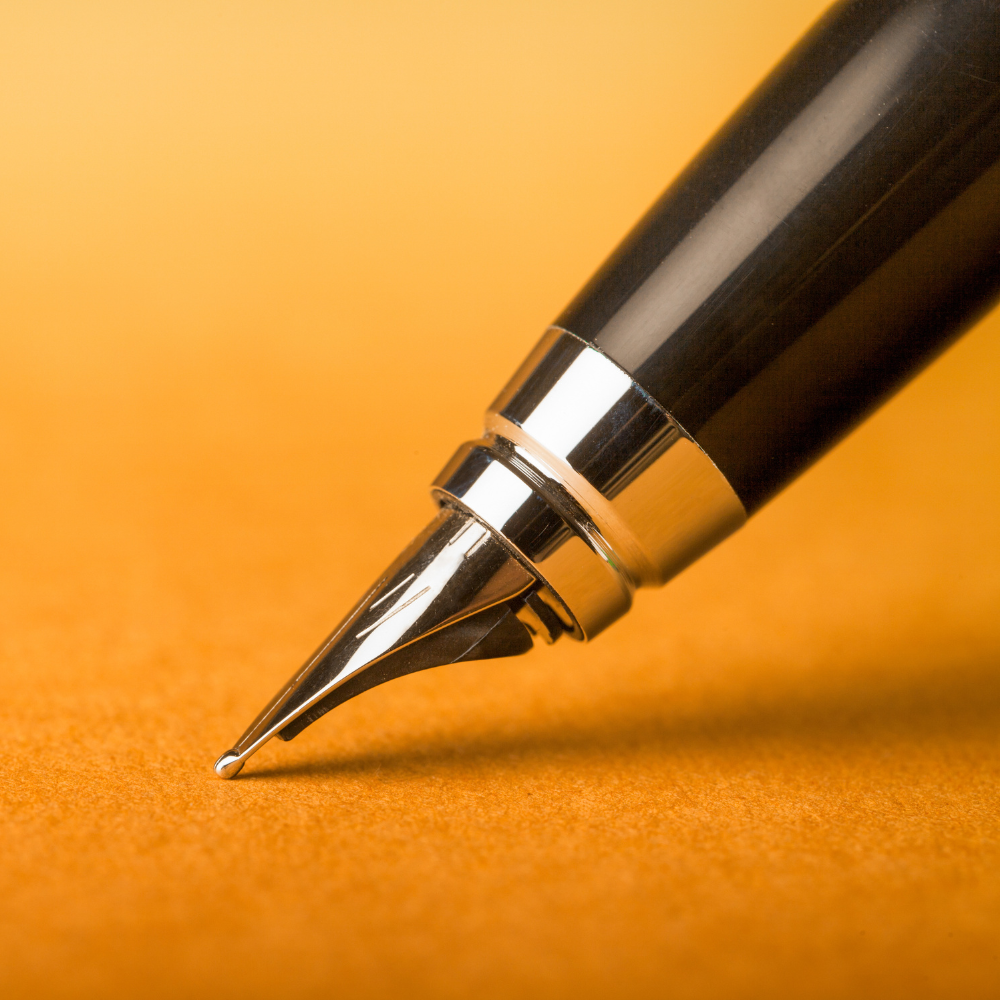
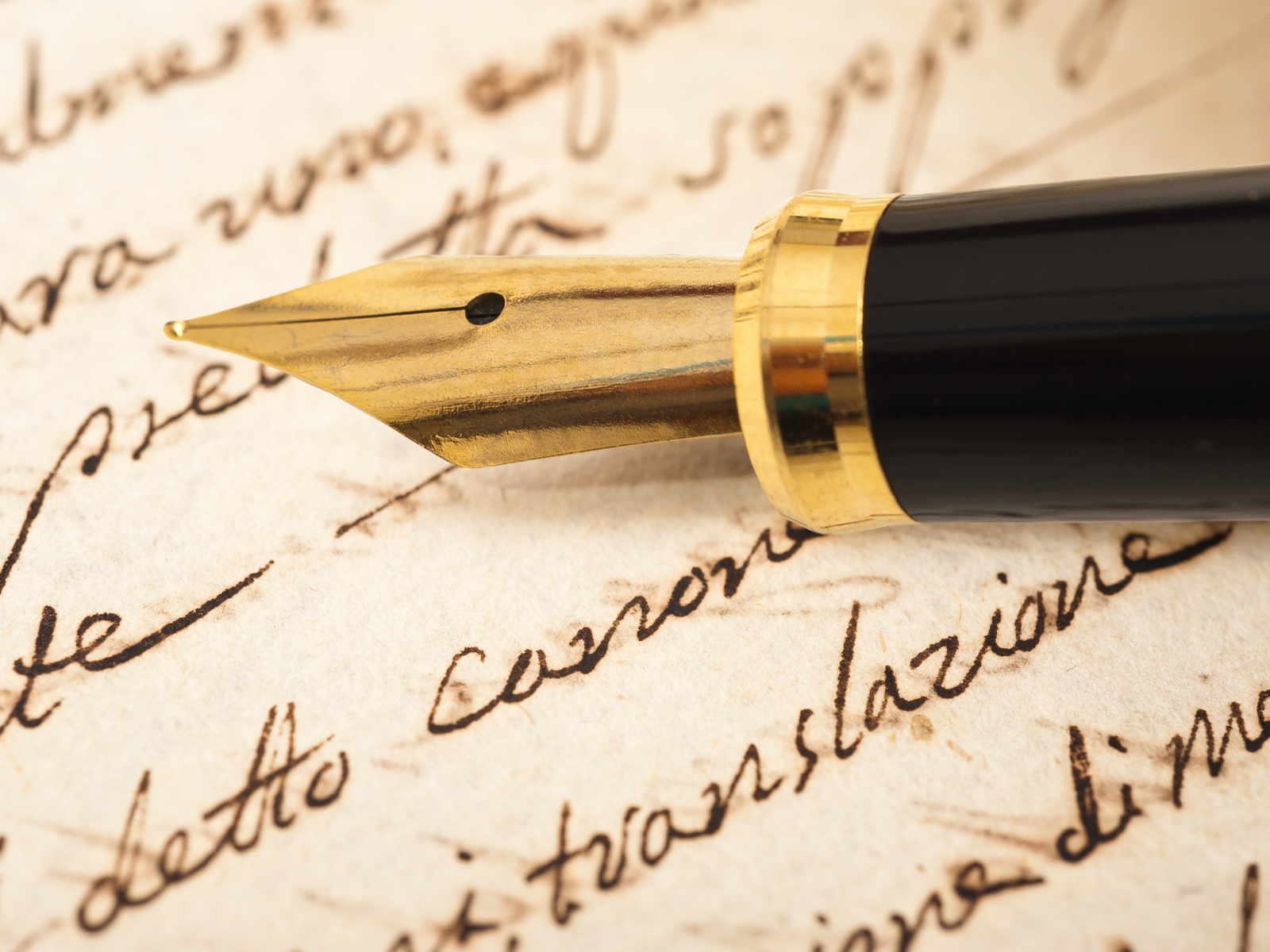
Cost Factor: Expensive vs. Cheap Fountain Pens
When considering whether to buy a fountain pen, cost is often a significant factor.
Expensive fountain pens are typically crafted with precious metals and come with gold nibs or stainless steel nibs, offering durability and a touch of luxury.
On the other hand, cheap fountain pens provide an entry point for those new to this style of writing without a hefty initial investment.
Longevity and Sustainability
One of the compelling arguments for fountain pens is their longevity.
A well-maintained pen can last decades, if not a lifetime.
This sustainability aspect is appealing in an age where disposable pens contribute significantly to plastic waste.
Fountain pens, from the solid colored plastic body to metal pens, are designed to be refilled and reused, reducing environmental impact.
Writing Experience: Smoothness and Precision
The writing experience with a fountain pen is markedly different from that of a ballpoint or gel pen.
The smooth flow of ink and the weight of the pen in hand allow for more precise and graceful handwriting.
Users often find that fountain pens offer better ink flow and control, enhancing the overall writing style.
Ink Choices and Customization
Fountain pen users enjoy a wide range of ink colors and properties, far surpassing the options available for ballpoint pens or gel pens.
From standard blue and black to vibrant oranges and purples, the customization doesn't end at ink color.
Various ink properties like shading, sheening, and water resistance add another layer of personalization.
Nib Customization: Finding Your Perfect Match
The nib is the heart of the fountain pen.
Nib sizes and shapes, from fine nibs (F nib) to broader medium nibs, affect the writing style and ink flow.
Specialized nibs like italic nibs or titanium nibs cater to specific writing needs and preferences, making each pen a tailored writing instrument.



Evolution of Fountain Pen Materials
Fountain pens have undergone a significant transformation in the materials used for their construction, which directly influences both aesthetics and functionality.
Initially, many fountain pens were made predominantly from hard rubber and later, celluloid, which offered a variety of colors and patterns.
Today, manufacturers like Pilot and Montblanc use advanced materials ranging from resilient plastics to precious metals.
This shift not only enhances the durability and feel of the pens but also caters to a broader audience, ensuring there is a perfect pen, whether it be a plastic pen for beginners or a gold nib masterpiece for aficionados.
The choice of material also affects the pen's weight and balance, crucial factors that contribute to writing comfort.
Larger pens, often made from metal, provide a substantial feel that many users find reassuring and balanced.
Conversely, lighter plastic pens can be more comfortable for longer writing sessions, reducing hand fatigue.
This variety allows every fountain pen user to find a pen that feels like an extension of their hand, whether it's a sleek modern pen or a special edition pen with intricate designs.
Influence of Nib Materials on Writing Quality
When discussing the allure of fountain pens, the material of the nib emerges as a pivotal factor influencing both performance and price.
Stainless steel nibs, commonly found in less expensive pens, offer durability and a relatively smooth writing experience, making them a popular choice for those new to the world of fountain pens.
On the other hand, gold nibs, typically seen in more expensive pens, provide a softer writing feel and greater flexibility, allowing for more variation in line width and a more personalized writing style.
Nib size also plays a crucial role in the writing dynamics of a fountain pen.
While finer nibs are favored for their precision in smaller handwriting, broader nibs can enhance the character of one's writing style, making them ideal for signatures or decorative purposes.
Brands like Pilot Pens have mastered the art of nib craftsmanship, offering a range of sizes from extra fine to broad, catering to a diverse array of writing needs and preferences.
Whether it’s your first pen or a special pen added to a collection, the choice of nib material and size can transform your writing experience.
Spectrum of Fountain Pen Prices
When exploring the world of fountain pens, one quickly discovers a broad spectrum from inexpensive pens to high-end models.
Cheaper pens offer an accessible entry point for beginners, often featuring durable stainless steel nibs and basic but functional designs.
These pens serve as a practical step up from typical school-supplied writing utensils without a hefty investment, making them ideal for students or those just dipping their toes into the fountain pen pool.
On the other end, expensive pens tend to showcase exquisite craftsmanship and superior materials, ranging from gold nibs to bodies adorned with maki-e, an ancient Japanese lacquer art.
These beautiful pens are not just writing instruments but collectibles and status symbols.
Pen brands specializing in these luxurious writing tools often provide a range of custom options, catering to connoisseurs who consider their pen a lifelong companion and a testament to their personal style and sophistication.
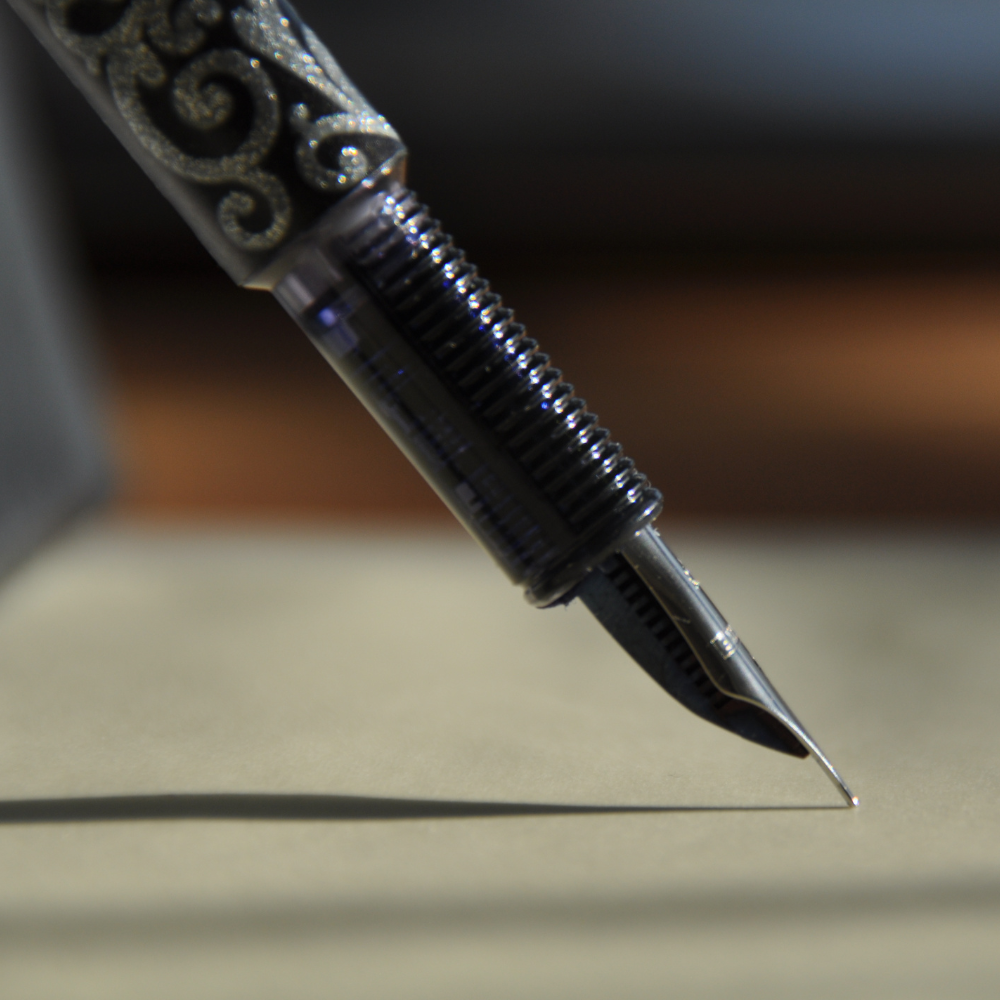


Allure of Stainless Steel Nibs
Stainless steel nibs are a cornerstone in the architecture of mid-range fountain pens, offering a balance of durability and affordability that appeals to both novice and seasoned writers.
Unlike the more expensive gold nibs, stainless steel resists corrosion and maintains a consistent ink flow, making them ideal for those who value reliability in their writing instruments.
This type of nib ensures that each stroke of the pen is both smooth and precise, enhancing the overall writing experience without the hefty price tag of higher-end models.
Moreover, the adaptability of stainless steel nibs allows for a variety of writing styles.
From fine to broad strokes, these nibs accommodate a wide range of preferences, making them a versatile choice for personal and professional use.
Their robust nature stands up well to the rigors of daily use, whether in a bustling office environment or in the quiet of a home study.
For anyone looking to dive into the world of fountain pens without breaking the bank, a lovely pen equipped with a stainless steel nib is an excellent starting point.
Appeal of Mid-Range Fountain Pens
Mid-range fountain pens strike a perfect balance between affordability and quality, making them an ideal choice for both budding enthusiasts and seasoned collectors.
Unlike their more expensive counterparts, these pens offer reliable performance without breaking the bank, providing a smooth writing experience that rivals that of higher-end models.
They often feature durable materials and are available from reputable brands, ensuring that users enjoy both style and substance.
Moreover, mid-range fountain pens are a practical entry point for those transitioning from school-supplied writing utensils to more sophisticated writing instruments.
They offer a noticeable upgrade in terms of ergonomics and ink flow, which can significantly enhance the writing experience for students and professionals alike.
These pens serve not only as tools for writing but also as a means of expressing personal style and fostering a deeper appreciation for the art of writing.
Versatility of Mid-Range Fountain Pens
Mid-range fountain pens strike a perfect balance between affordability and quality, making them an ideal choice for both budding enthusiasts and seasoned collectors.
These pens often feature durable materials and reliable nibs that provide a smoother writing experience than many lower-priced models.
For instance, brands like Pilot and Lamy offer options that are highly regarded for their performance without breaking the bank.
These pens serve as a bridge, offering a taste of luxury to those who aren't ready to invest in high-end models yet.
Moreover, mid-range fountain pens are versatile enough to be used in various settings, from professional environments to personal journaling.
They often come with customizable options such as interchangeable nibs and a variety of ink colors, enhancing their appeal.
This adaptability makes them particularly popular among college students and young professionals who appreciate both style and functionality in their writing instruments.
Their popularity underscores their position as a practical choice for anyone looking to improve their handwriting or add a touch of elegance to their writing arsenal.
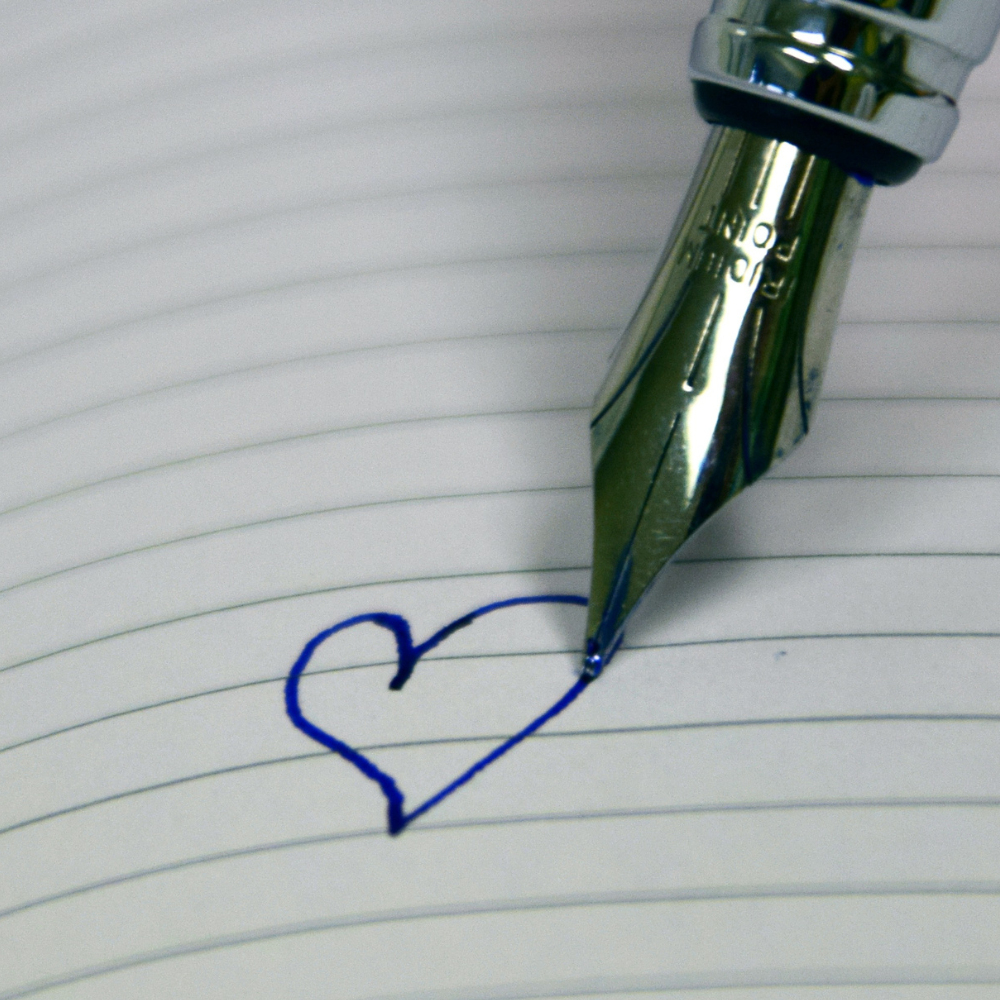


Art of Maki-e in Fountain Pens
Maki-e, a traditional Japanese technique that involves sprinkling gold or silver powder on lacquer to create intricate designs, has found a prestigious place in the world of fountain pens.
These pens, often regarded as works of art, are highly sought after by collectors and enthusiasts alike.
The process of creating a Maki-e pen is labor-intensive and requires the skilled hands of an artisan, which is why these pens often fall into the category of expensive pens.
However, the result is a breathtakingly beautiful pen that stands as a testament to the fusion of art and functionality.
The allure of a Maki-e pen lies not only in its aesthetic appeal but also in its uniqueness.
Each pen is a singular masterpiece, often part of a limited edition pen series that enhances its value and collectibility.
For those who appreciate art and history, investing in a Maki-e pen is akin to owning a piece of cultural heritage.
While these pens may represent a significant investment, the joy and prestige they bring make them a worthwhile addition to any collection.
Artistic Legacy of Maki-e Fountain Pens
Maki-e fountain pens are not just writing instruments; they are masterpieces of Japanese craftsmanship.
The technique involves using gold, silver, and platinum powders to create intricate, hand-painted designs on the pen's body, making each piece uniquely beautiful.
Historically, these pens have been symbols of status and artistic expression, often used by royalty and nobility.
Today, they are coveted by collectors and art enthusiasts who value the meticulous detail and historical significance embedded in each pen.
The allure of a Maki-e pen lies in its dual functionality as both a tool and a piece of art.
Owning a Maki-e pen is like having a portable art gallery; each glance at the pen can inspire and elevate the mundane task of writing.
For those who appreciate art and history, investing in a Maki-e pen is a way to preserve and participate in a centuries-old tradition.
As such, these pens are often highlighted in cultural exhibitions and are considered prized possessions in the realm of high-end fountain pens.
Unique Charm of Maki-e Fountain Pens
Maki-e fountain pens are not just writing instruments; they are masterpieces of art that embody the pinnacle of craftsmanship.
Originating from Japan, these pens are decorated using a sophisticated technique that involves layering designs with gold or silver powders.
The result is a stunning, one-of-a-kind pen that is as much a collector's item as it is a functional tool.
Owning a maki-e pen is akin to carrying a piece of traditional Japanese culture in your pocket.
The allure of these pens extends beyond their beauty.
Maki-e fountain pens are known for their meticulous attention to detail and the skill required to create them.
Each pen tells a story through its design, often reflecting themes of nature or folklore that are deeply rooted in Japanese heritage.
For anyone looking to own an expensive pen that combines functionality with cultural significance, a maki-e fountain pen is an unparalleled choice.
Mid-Range Pens: Balancing Cost and Quality
Mid-range fountain pens represent a sweet spot for many enthusiasts, offering a balance between affordability and features.
These great pens often come equipped with smoother nibs and more refined mechanisms than their less expensive counterparts.
Brands like Pilot and Lamy are renowned for producing reliable, lovely pens that perform excellently without breaking the bank.
These pens are perfect for those who want a step up in quality from the most basic models but are not ready to invest in high-end options.
Moreover, mid-range pens can also provide a glimpse into the world of customization without the commitment to the high prices of more luxurious models.
Many of these pens feature interchangeable nibs, allowing users to experiment with different writing styles from a single pen.
This flexibility makes mid-range fountain pens particularly appealing to budding enthusiasts eager to explore their preferences in nib styles and ink flow before committing to more expensive pens.
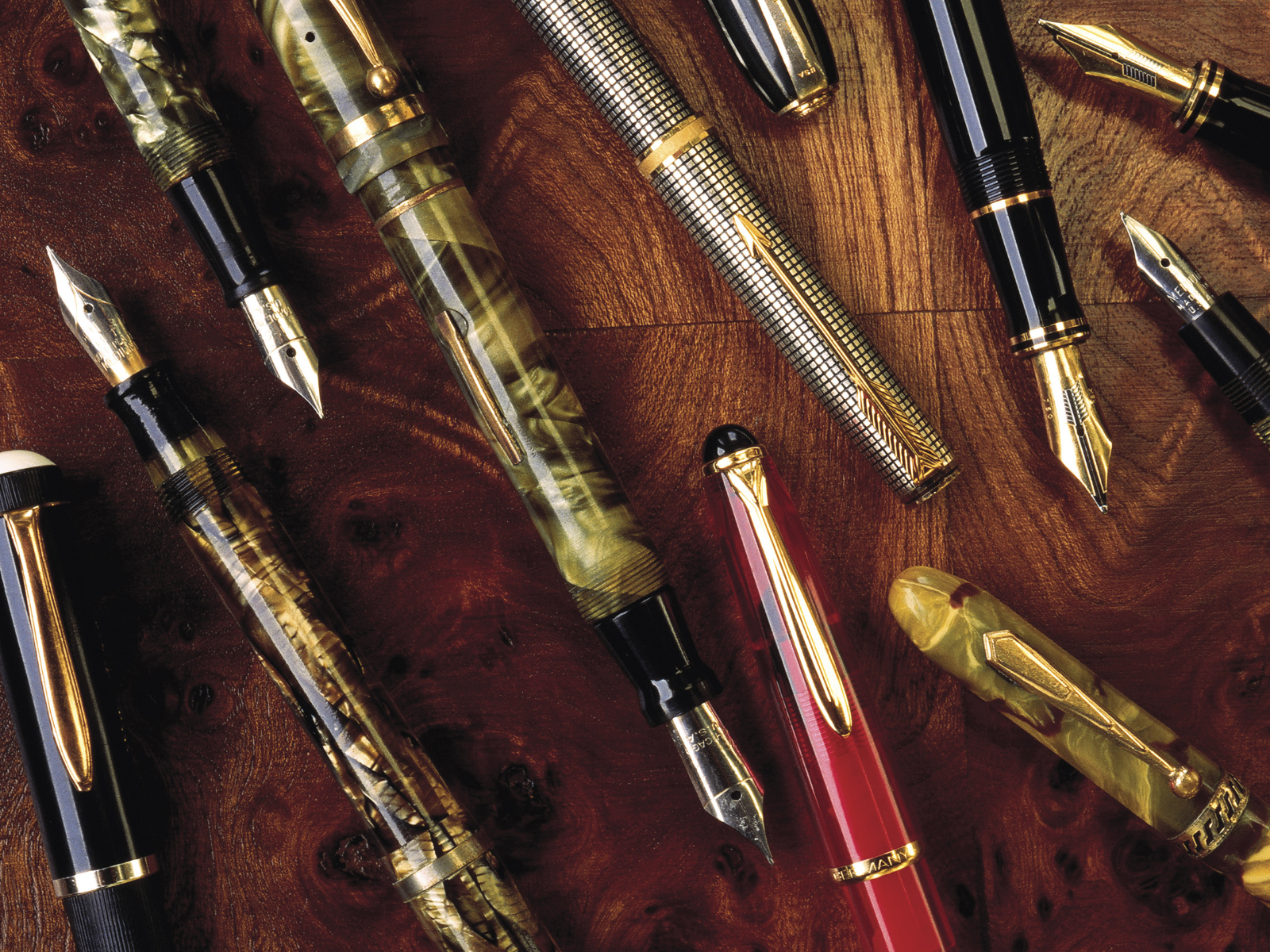
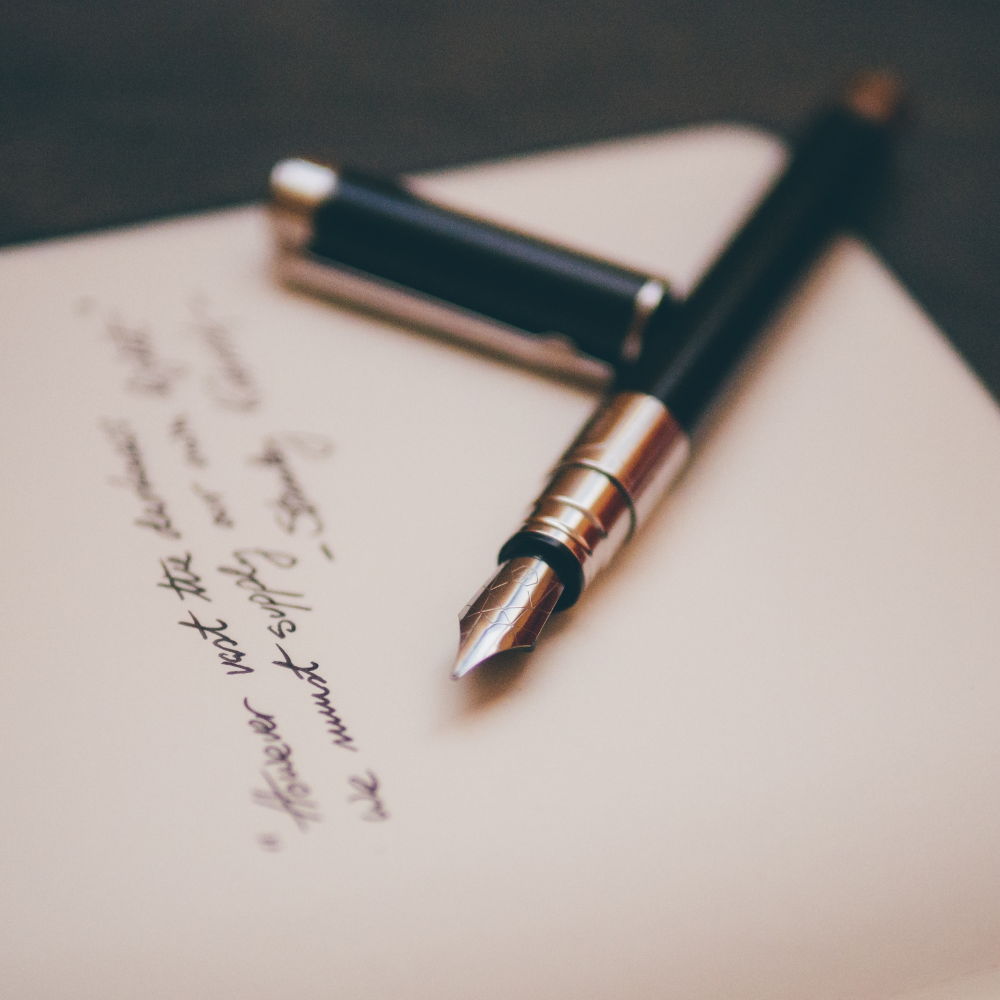
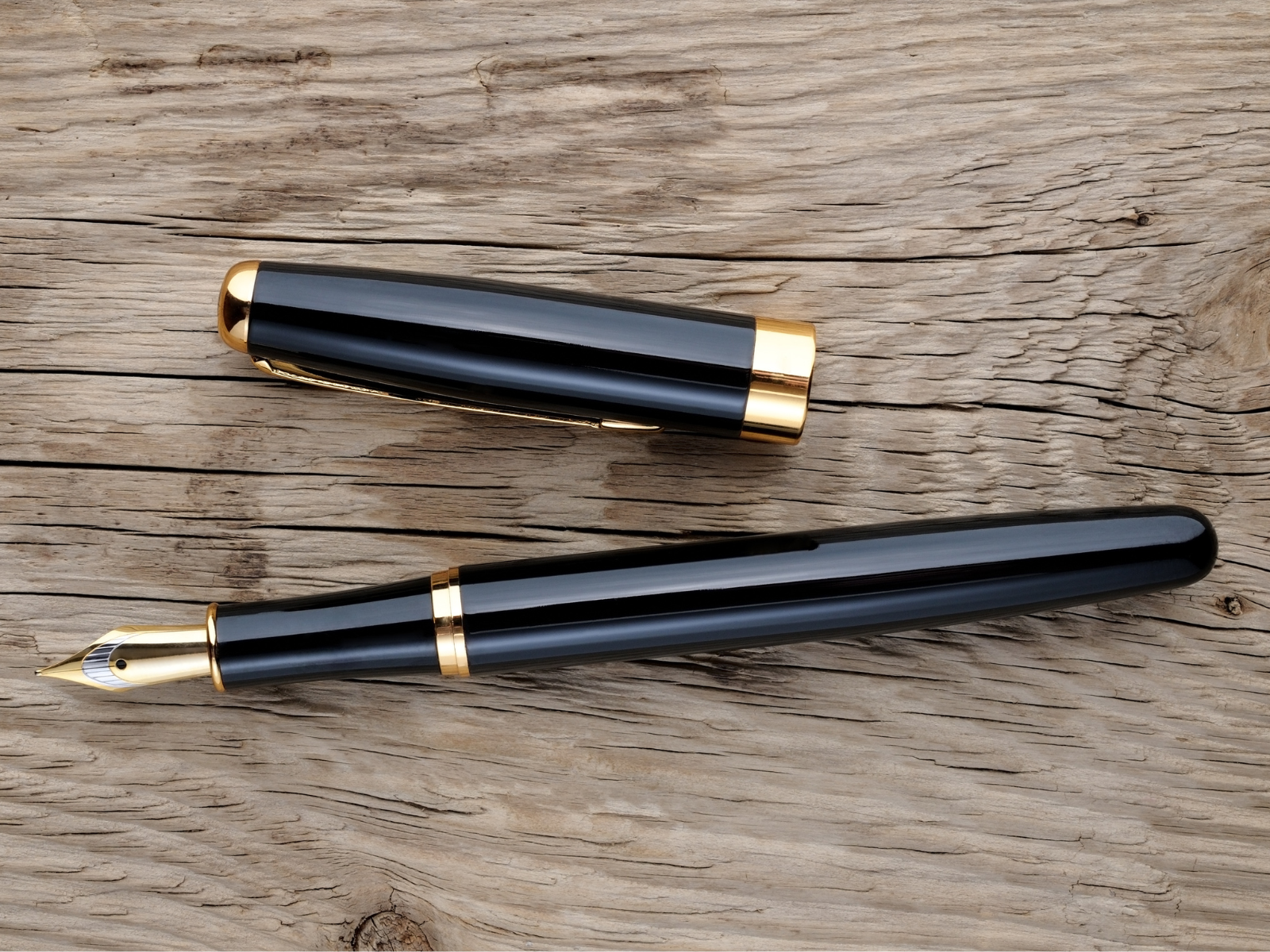
Shift Toward Eco-Friendly Fountain Pen Options
In an era where sustainability is more than a buzzword, fountain pens stand out as a greener alternative to school-supplied writing utensils like disposable ballpoint pens.
Unlike single-use plastics, many fountain pens are designed with longevity in mind, featuring components like metal pen bodies and plastic feeds that can withstand years of use.
This not only reduces waste but also enhances the user's experience by cultivating a sense of permanence and reliability.
Moreover, the refillable nature of fountain pens means that users can choose from a variety of fountain pen ink colors and formulas without needing a new pen each time.
This aspect of customization not only adds an element of personalization but also encourages the use of the same pen for longer periods, further minimizing environmental impact.
As consumers become more conscious of their ecological footprint, the shift towards using durable, refillable writing instruments like fountain pens is likely to gain momentum, positioning them as both practical and environmentally responsible choices.
Exploring Nib Customization
Nib customization in fountain pens allows writers to tailor their writing instrument to their specific writing style and preference.
While many beginners start with a medium nib, the world of nibs is vast, with options ranging from fine, extra-fine, broad, and italic nibs to more specialized nib shapes like stub or oblique.
The choice of a particular nib can dramatically alter the writing experience, offering variations in line width and ink flow that can cater to different handwriting techniques and artistic needs.
For those looking to experiment beyond the standard nib sizes, custom nibs crafted by skilled artisans can provide a unique writing experience tailored to the individual’s needs.
Whether it's achieving a certain calligraphic flair with an italic nib or enjoying a smoother, faster writing with a custom-ground fine nib, the possibilities are endless.
Engaging with a nibmeister to customize a nib not only enhances the functionality of a fountain pen but also turns the whole pen into a personal statement piece.
Fountain Pen Filling Systems: A Closer Look
The filling mechanism of a fountain pen is not just a functional aspect; it's a core feature that defines the user experience.
Traditional methods like the piston filler, used in many high-end pens, allow for a large ink capacity and a satisfying ritual in the ink-filling process.
On the other hand, cartridge systems offer convenience and portability, making them a popular choice among those who travel frequently with their pens.
Brands like Pilot have mastered these systems, particularly in models like the Pilot Vanishing Point, which combines the convenience of a retractable nib with the elegance of a fountain pen.
For enthusiasts looking to dive deeper into the world of fountain pens, exploring different filling systems can be as thrilling as discovering a new pen brand.
Each system, from the straightforward converter to the elaborate vacuum filler, offers a unique interaction with the pen and ink.
This variety ensures that whether one is using a cheap fountain pen or an expensive fountain pen, the experience can still be deeply personal and immensely satisfying, making every pen worth the money.
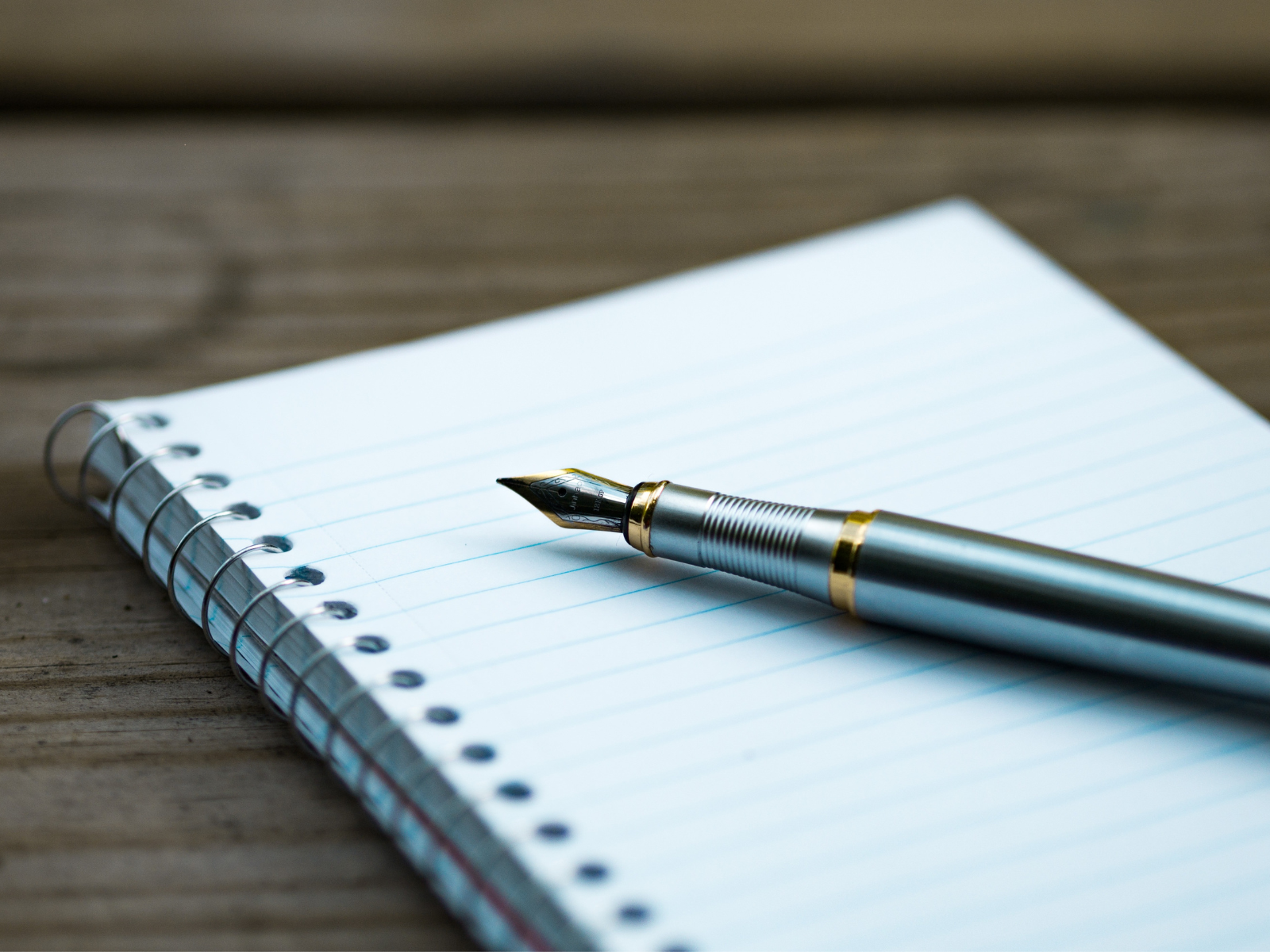

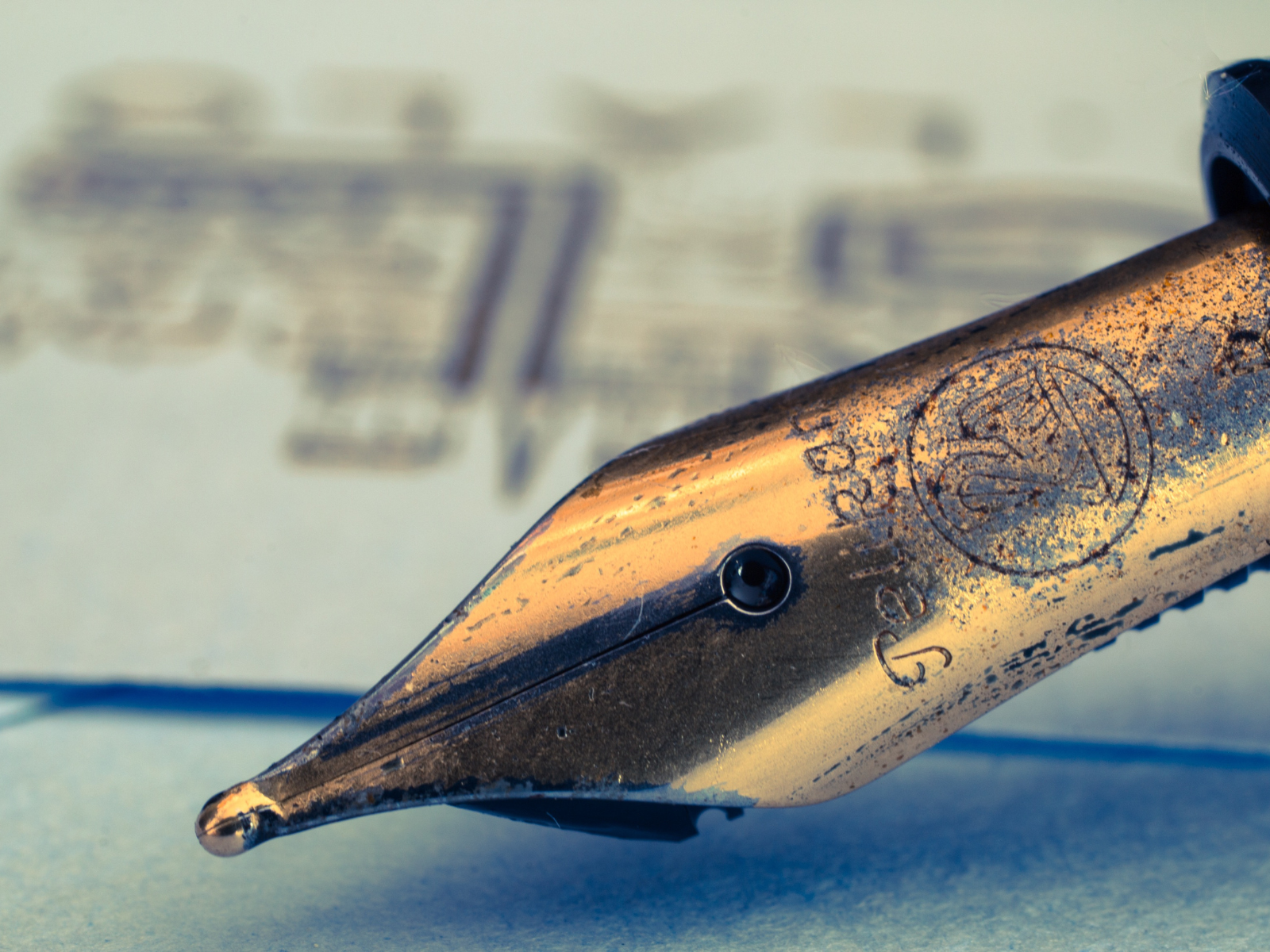
The Joy of Collecting
Collecting fountain pens can be a rewarding hobby.
Many fountain pen lovers cherish the hunt for vintage pens, limited edition models, and special edition pens.
Each pen holds a story, and collections can reflect personal journeys and milestones.
Practicality in Everyday Use
Despite their elegance, fountain pens are fairly simple objects that serve a practical purpose.
Whether signing documents or jotting down notes, using a good fountain pen can transform mundane tasks into moments of pleasure.
Educational and Professional Benefits
In educational settings, students using fountain pens often find that the act of writing with such an instrument helps in improving handwriting and even concentration.
Professionals may use fountain pens to signify authority and professionalism in their field.
Maintenance and Care
Maintaining a fountain pen is crucial for its longevity.
Regular cleaning and proper storage will ensure that the pen performs well and remains in good condition.
Learning to maintain a fountain pen can also be a meditative and rewarding process.
Traveling with Fountain Pens
Traveling with fountain pens requires some consideration, especially regarding ink reservoirs and potential leakage.
However, many modern pens are designed to be travel-friendly, with secure caps and robust ink cartridges that minimize the risk of leaky pens.
Fountain Pens as Gifts
A fountain pen makes a thoughtful and luxurious gift.
Whether it's a graduation, a new job celebration, or a special birthday, a fountain pen can be a meaningful present that encourages the recipient to remember and cherish the occasion.
Economic Considerations
While the initial investment in a fountain pen might be higher than buying a pack of disposable pens, the cost over time can be lower due to the pen's longevity and the relatively low cost of bottled ink compared to new pens.

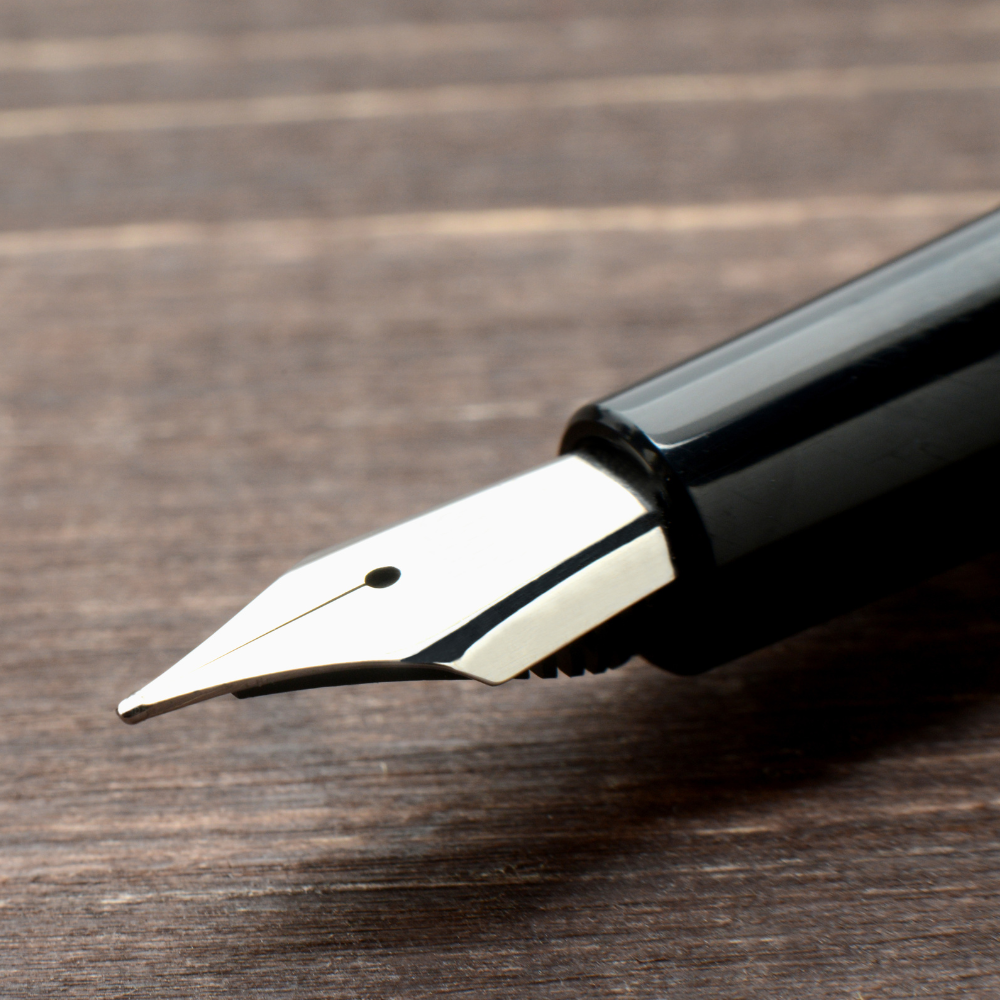

Fountain Pens Transcend Mere Writing
Fountain pens are not merely tools but gateways to a richer, more deliberate form of expression.
They offer an unmatched blend of style, functionality, and personal expression, encouraging users to slow down and appreciate the art of writing.
These pens invite writers to pause and savor each word, transforming the mundane task of writing into a profound artistic endeavor.
With their unmatched style and functionality, fountain pens do more than write; they inspire, personalize, and elevate the writing experience.
Whether you're jotting down a quick note or composing a heartfelt letter, a fountain pen adds a touch of sophistication and a connection to a timeless tradition.

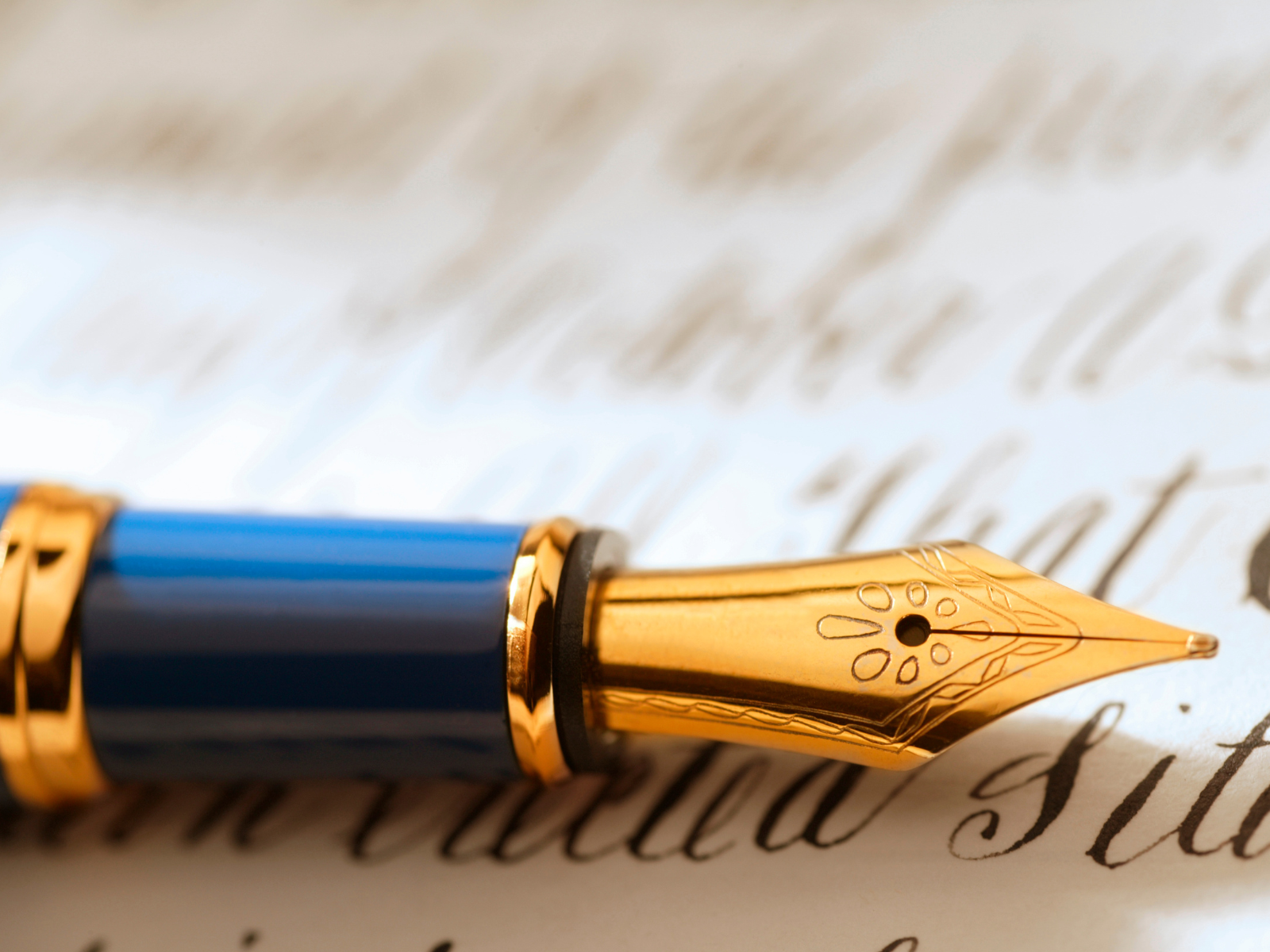

Fountain Pen FAQs
Dive into the elegant world of fountain pens!
Whether you're a seasoned aficionado or a curious newcomer, understanding the nuances of these classic writing instruments can enhance your writing experience.
From everyday use to maintenance tips, and choosing the perfect pen for you, we've got all your questions covered.
Let's explore the art of writing with fountain pens and discover how they can transform your script into a masterpiece.
Can fountain pens be used for everyday writing?
Yes, fountain pens are designed for a range of uses, from casual note-taking to more formal writing tasks. The key is to choose the right nib and ink type for your usual tasks.
Are fountain pens high maintenance?
While they do require more care than your average ballpoint pen, maintaining a fountain pen is fairly simple and can be a fulfilling part of the fountain pen experience.
How do I choose the right fountain pen for me?
Consider what you value most in a writing instrument—whether it's the feel of the pen in hand, the smoothness of the ink flow, or the aesthetics of the pen body. Testing different pens can also help in making an informed decision.
What types of nibs are available, and how do they affect writing?
Fountain pen nibs come in various shapes and sizes, including fine, medium, and broad, which affect the line width and ink flow. Specialty nibs like stub, italic, and flex offer unique variations in line width and are great for calligraphy and artistic writing.
Can fountain pens be used with any type of ink?
It's important to use ink specifically designed for fountain pens to avoid clogging and damage. Fountain pen inks vary in terms of saturation, flow, and drying time, so choosing the right ink can significantly enhance your writing experience.
How often should I clean my fountain pen?
Cleaning your fountain pen every 4-6 weeks is recommended, or whenever you change the ink. Regular cleaning ensures optimal performance and longevity of your pen.
Are there fountain pens suitable for left-handed writers?
Yes, certain fountain pens and nibs are designed to accommodate left-handed writers. Quick-drying inks and nibs that offer smooth movement across the paper can make a significant difference in comfort and smudge prevention.
What is the best way to store fountain pens when not in use?
Store your fountain pen upright with the nib facing up to prevent ink from settling in the feed or leaking. If you won't be using the pen for an extended period, it's best to empty and clean it thoroughly.
Is there a difference in writing experience between bottled ink and ink cartridges?
Bottled ink offers a wider range of colors and the ability to mix custom shades, while cartridges provide convenience and mess-free refills. The choice depends on your preference for convenience versus customization.
How can I prevent ink from drying out in my fountain pen?
To prevent ink from drying out, use your fountain pen regularly and ensure it's capped tightly when not in use. If the ink does dry, a thorough cleaning will usually restore its flow.
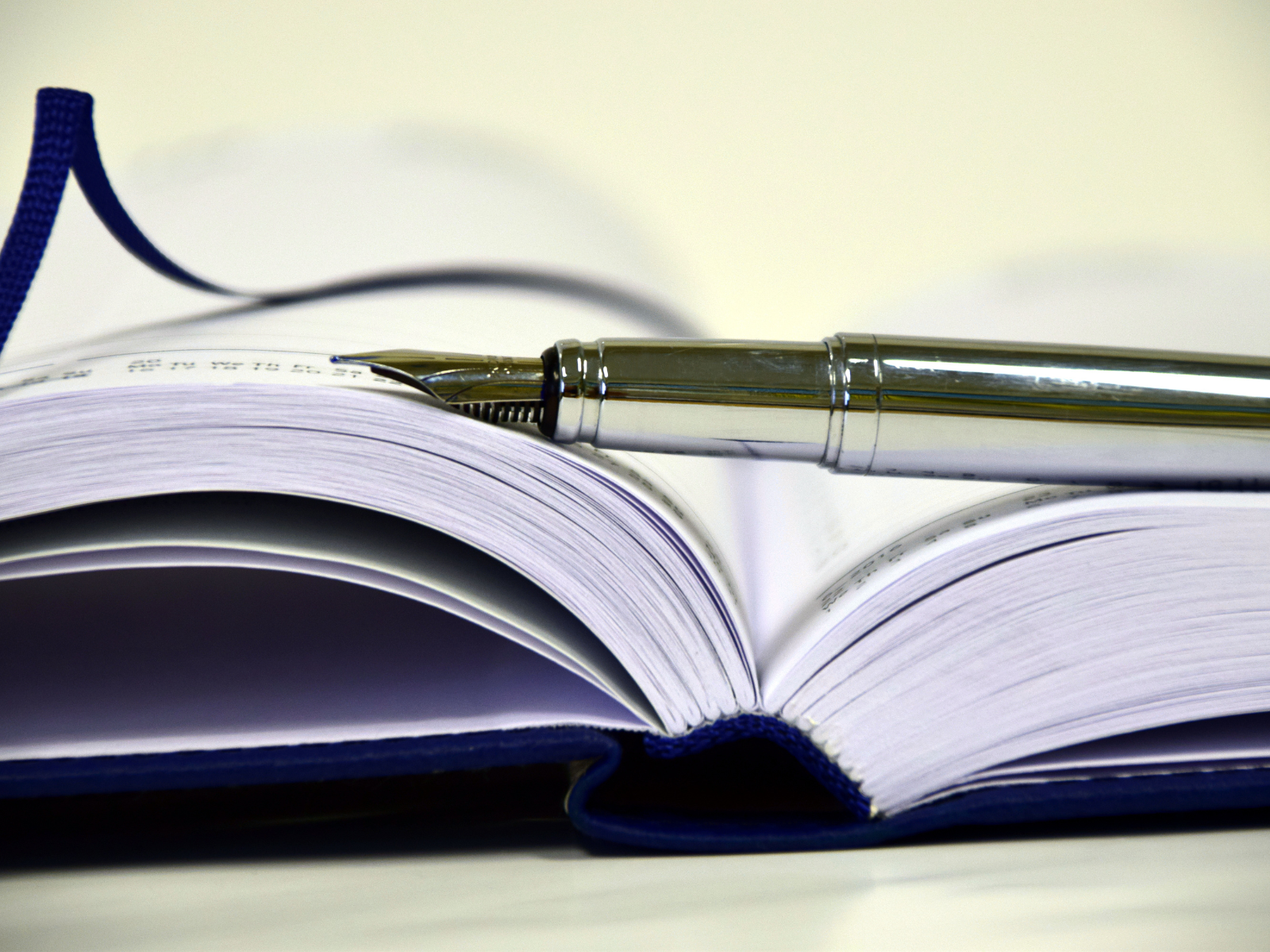


Curious as to why you should buy a fountain pen? Check out The Goulet Pen Company's video!
Want even more content about creativity and art?
Be sure to check out all of our creative chronicles!
Interested in learning more about drawing with pens?
Check out some of our other articles:
-What is better than a fountain pen?
-What is the disadvantage of fountain pens?
-Why no one uses fountain pens
-What is the most smooth writing fountain pen?
-Why do people like fountain pens so much?
-Why are fountain pens making a comeback?
-How many fountain pens should I own?
-Do fountain pens get better with age?
